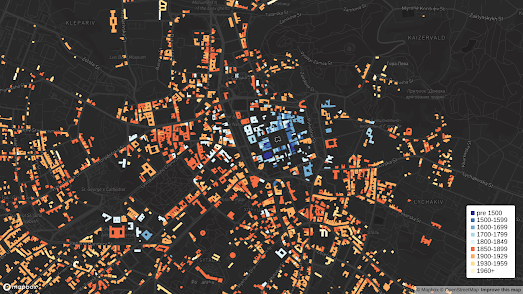Сообщения
Сообщения за декабрь, 2022
A Little Map Fun x 3
- Получить ссылку
- X
- Электронная почта
- Другие приложения
The 50 Best Maps of 2022
- Получить ссылку
- X
- Электронная почта
- Другие приложения
Mapping Street Orientations
- Получить ссылку
- X
- Электронная почта
- Другие приложения
The A-A Christmas Quiz
- Получить ссылку
- X
- Электронная почта
- Другие приложения
Mapping the Ancient Silk Route
- Получить ссылку
- X
- Электронная почта
- Другие приложения
Santa's Map of the World
- Получить ссылку
- X
- Электронная почта
- Другие приложения
Mapping Segregation in the United States
- Получить ссылку
- X
- Электронная почта
- Другие приложения
The American Illiteracy Map
- Получить ссылку
- X
- Электронная почта
- Другие приложения
Scrolling the Mekong River
- Получить ссылку
- X
- Электронная почта
- Другие приложения
The Average Color of the United States
- Получить ссылку
- X
- Электронная почта
- Другие приложения
Why India is Warming More Slowly
- Получить ссылку
- X
- Электронная почта
- Другие приложения
2022 - A Year of Global Heating
- Получить ссылку
- X
- Электронная почта
- Другие приложения
How to Make a Building Age Map
- Получить ссылку
- X
- Электронная почта
- Другие приложения
Land Doesn't Vote
- Получить ссылку
- X
- Электронная почта
- Другие приложения
3D Conservation Mapping
- Получить ссылку
- X
- Электронная почта
- Другие приложения
The Map of Stories
- Получить ссылку
- X
- Электронная почта
- Другие приложения
Who is Dreaming of a White Xmas?
- Получить ссылку
- X
- Электронная почта
- Другие приложения
The National Fast Food Index
- Получить ссылку
- X
- Электронная почта
- Другие приложения
Mapping Armageddon
- Получить ссылку
- X
- Электронная почта
- Другие приложения
How Well Do You Know Your Neighborhood?
- Получить ссылку
- X
- Электронная почта
- Другие приложения
The World's Largest Polluters
- Получить ссылку
- X
- Электронная почта
- Другие приложения
How Rising Seas May Impact Your Home
- Получить ссылку
- X
- Электронная почта
- Другие приложения





















